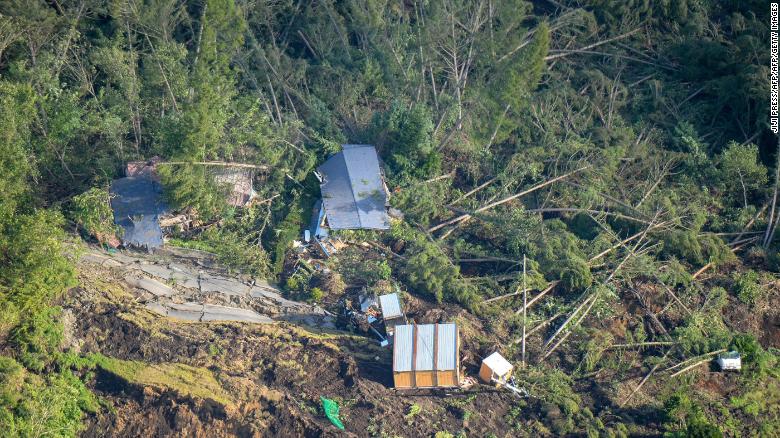As a result of Nigeria’s huge landmass, the Nigerian Meteorological Agency (NiMet) has said that to effectively cover the entire country, it will need not less than 9,000 weather stations.
This comes as the European Commission has decided to allocate €85 million for climate service development in Africa, Caribbean and Pacific countries.
The Director General of NiMet, Prof. Sani Mashi, disclosed this in Abuja during the visit of the Secretary General of World Meteorological Organisation (WMO), Prof. Peterri Taalas, to Nigeria to sign Host Country Agreement with the country.
According to Mashi, “Nigeria needs about 9,000 weather stations to effectively cover the entire country because of the huge landmass. Though I met 54 weather stations upon assumption of office over a year ago, we have been able to grow that number to over 100 stations and we are currently targeting 200 stations before 2018 ends and 1,000 station in four years.”
Speaking further, he revealed that the agency intends to establish forecast offices in Kaduna and Enugu airports, adding that: “Ethiopian Airlines goes to Kaduna now and Turkish Airline goes to Enugu now.
“Now that they are international airports, it means we must raise the standard of the airports to start rendering forecast services. It is standard practice for an international airport to have forecast office and that is what we are trying to do.”
Mashi stated that the agency was also targeting to generate about N20 billion annually from commercial meteorological services, noting that the agency has the capacity to remit revenue to the federal government.
He stressed that most Nigerians have telephones and most of them use it to buy songs.
“If we can market our products to be selling meteorological information through phones and the product becomes so attractive, we can sell it to Nigerians and we have over 100 million Nigerians that have access to telephone.
“So even if it is half of the 100 million people we get everyday, we will get one naira from subscribers for selling meteorological services and it means everyday, we can have N50 million and in a month, we can have N1.5 billion and in a year, we can have about N20 billion which is about 10 times the annual budget of the Agency.
“This means that through this simple innovative merger, we can end up having so much money than what we need to run the agency.
“It means we can deploy any kind of sophisticated system and even the federal government will start getting benefit because we will be remitting revenue to the federal government,” he said.
Similarly, the Secretary General, World Meteorological Organisation (WMO), Prof. Peterri Taalas, said: “The European Commission has decided to allocate €85 million for climate service development in Africa, Caribbean and Pacific countries and they have started building new partnership with the World Bank and the Green Climate Fund to get up to $2 billion investment portfolio for meteorological services in Africa.”
According to him, “What we have started seeing in the atmosphere is quite striking. At the moment, Nigeria is suffering because of flooding and there have been two tropical cyclones in USA called Hurricane Florence which is causing lots of damage and the other one, Manghut in Phillipines and now it is hitting China and Hong Kong.”
Prof. Taalas attributed the flooding witnessed in some states in Nigeria to poor meteorological data, adding that the rise in global temperature shows that there is need for stronger meteorological and hydrological services and that the European Commission in partnership with the World bank has decided to allocate $2 billion for meteorological services in Africa.
“Unfortunately, we have seen an increase in the amount of natural disasters and there has been an increase in the storms and events leading to flooding.
“We have more humidity in the atmosphere which is giving more power to rainfall events and also flooding as seen now in Nigeria.Temperature has risen and we have exceeded 1.1degree warming and sea level rise is 26 centimetres so far.
“This is demonstrating that there is need for a stronger national meteorological services and stronger WMO and that is why we have the feeling that there is more demand for WMO expertise and demand for national expertise of meteorological services.”
He said: “Unfortunately, Africa is the most sensitive when it comes to natural disasters and impacts of climate change and it is partly related to the variation of rainfall amounts and flooding and many African countries are highly dependent on agriculture and it is a major employment issue in many countries.
“We are investing in instrument dealing with disaster reduction and we have about €50 million and the aim to reach €100 million very soon.”












